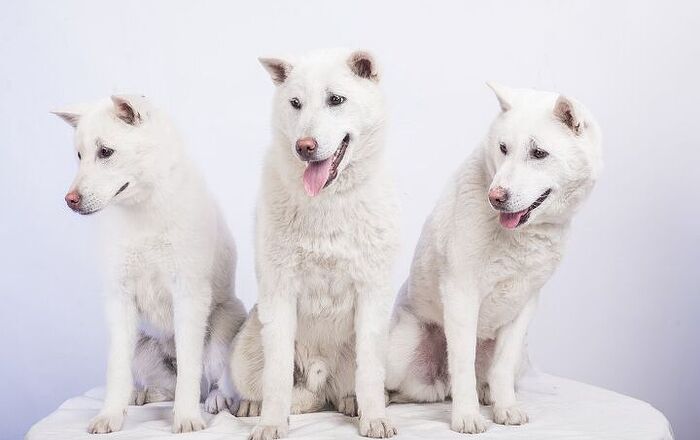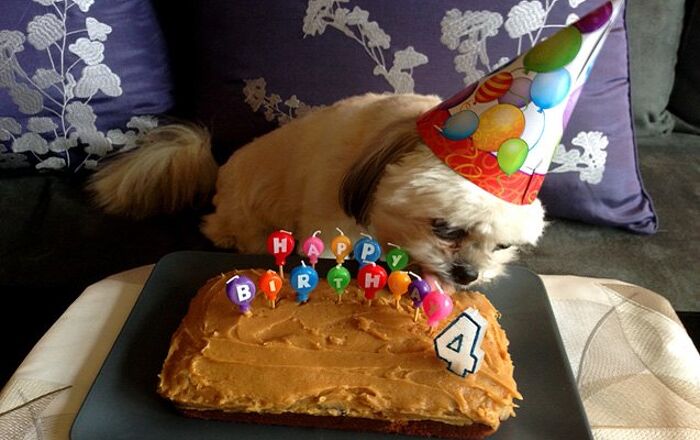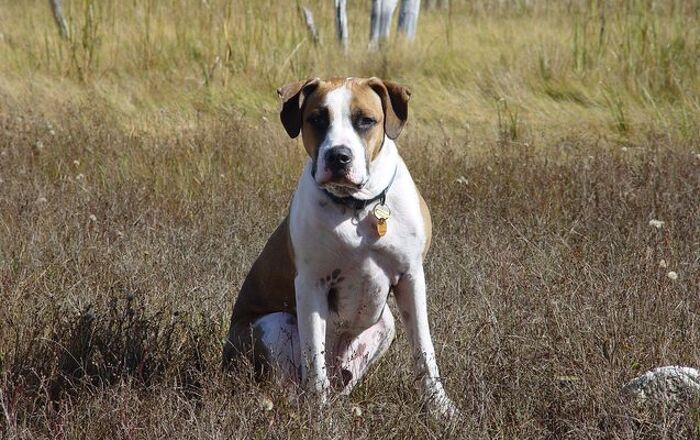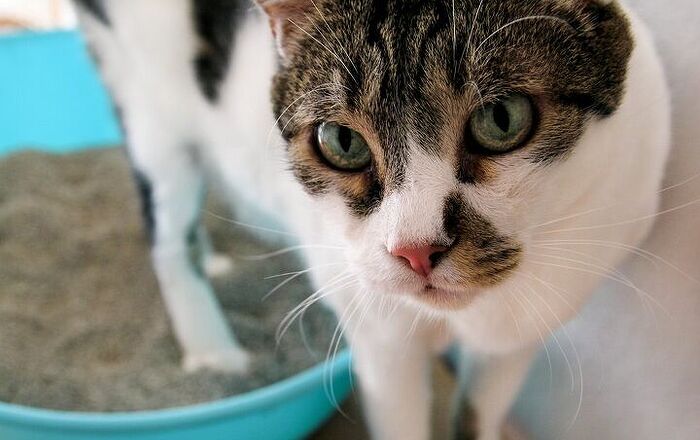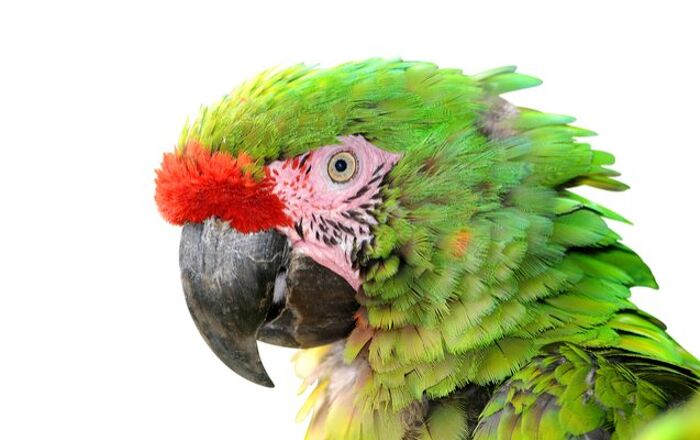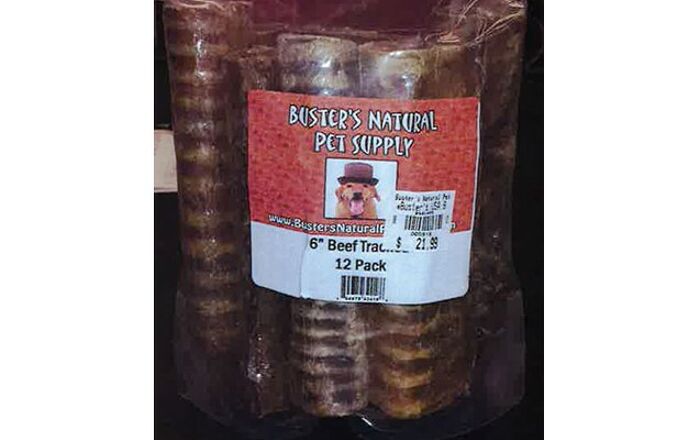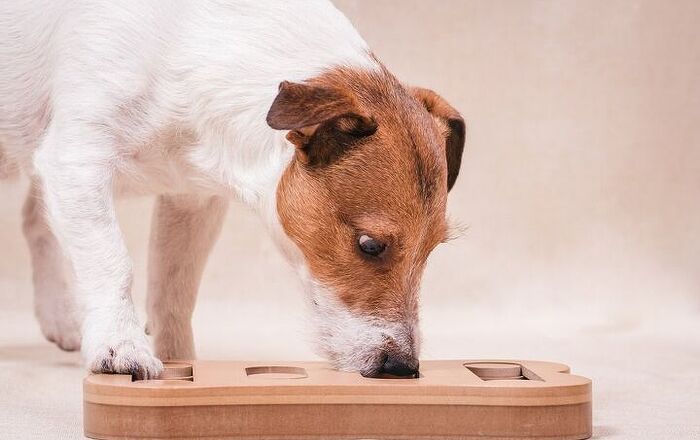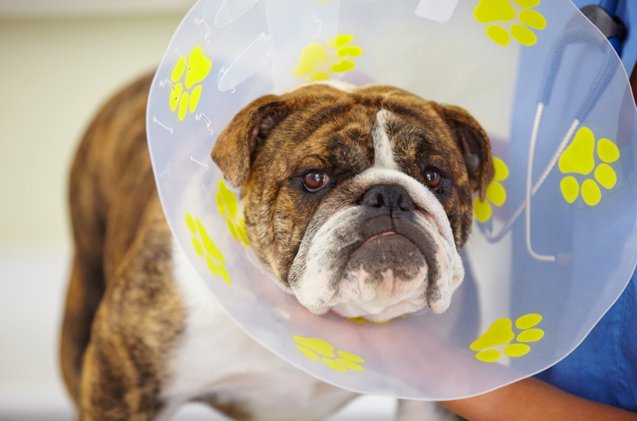
Before your dog heads into surgery, here’s what you should know about the spay and neuter procedure
If you’re going to have your dog spayed or neutered, you’ll also have to be prepared for the procedure itself. It’s a surgical operation that requires preparation, comes with risks and needs aftercare. Here are the basics about spaying and neutering procedure:
What Is Spaying and Neutering?
These surgical procedures performed by skilled veterinarians that ensure dogs can’t breed by removing their reproductive organs. Spaying (also known as an ovariohysterectomy) is performed on a female dog and consists of the complete removal of the uterus, fallopian tubes and both ovaries. For male dogs, they undergo what’s called neutering (known as castration or orchidectomy), which includes the complete removal of the testicles.
The Recovery Process for Spayed or Neutered Dogs
If you’re a first-time owner and this is your first operation, it’s normal that you’re a bit nervous taking care of your patient. Your vet will go over all of the post-operative instructions that you’re going to need to follow to make your patient comfortable. Many vets will advise you to withhold food and water up to a certain time before the surgery. And depending on where you take your dog for the operation, many will require your dog to spend the night for observation.
It’s not unusual for there to be some discomfort after the surgery and your vet can give your dog medication for the pain. Pills can be sent home with you and tapered off as the wound begins to heal. To make sure your dog gets better quickly, here are a few tips to follow:
Limit Activity. This is one of the hardest things to do with dogs, particularly young dogs who have lots of energy. But it’s one of the most important things you can do because you don’t want any stitches popped or extra healing to have to happen because they did something playing. It’s hard, we know, but consider crating if necessary.
Dry incision.
Keep abreast of their pain level.
When it comes to feeding them
Pay attention to any swelling, discharge or opening of the incision.
Be sure to give your dog enough time to heal, keep a close eye on him and keep your follow-up appointments with your vet for checkups.
Most importantly, be sure to give your dog a lot of extra TLC. The hard thing about your dog getting treated for anything is that they just don’t understand what’s going on and they look to you for understanding. Of course, you won’t be able to help them understand the spay or neuter was in their best interest, but you can love on them and let them know you’ll always be there for them.




